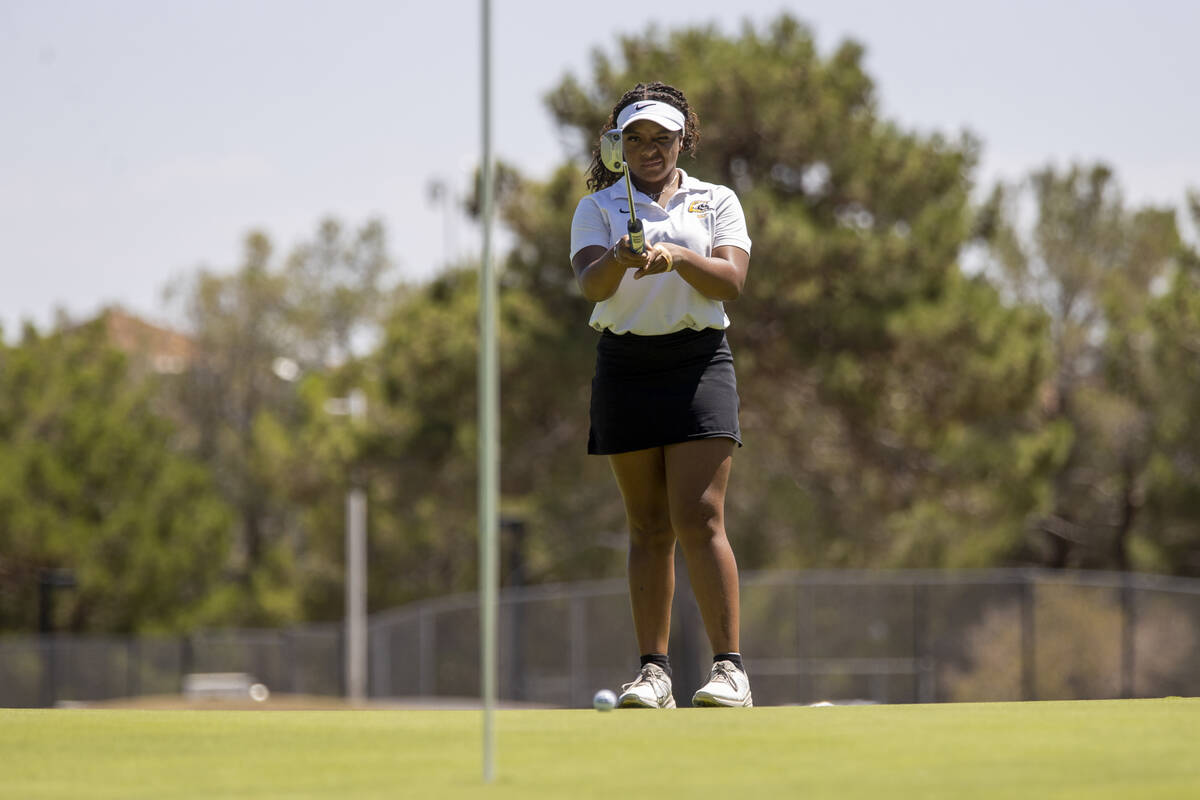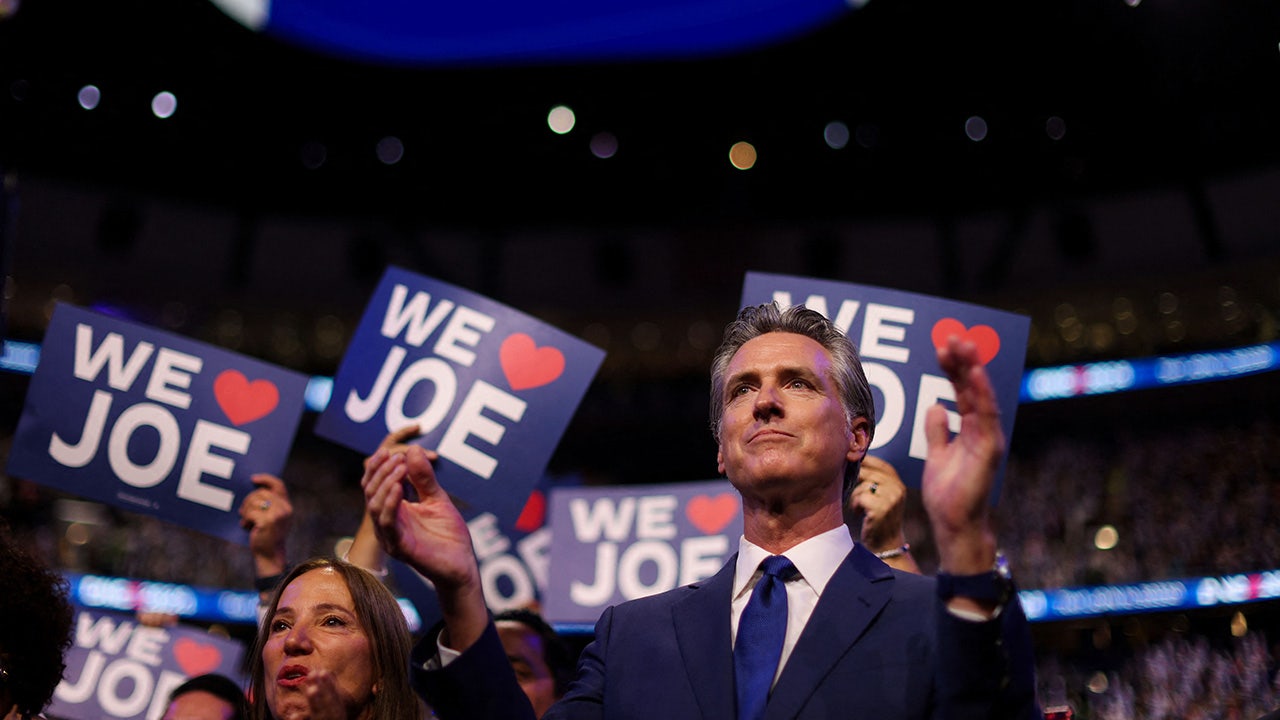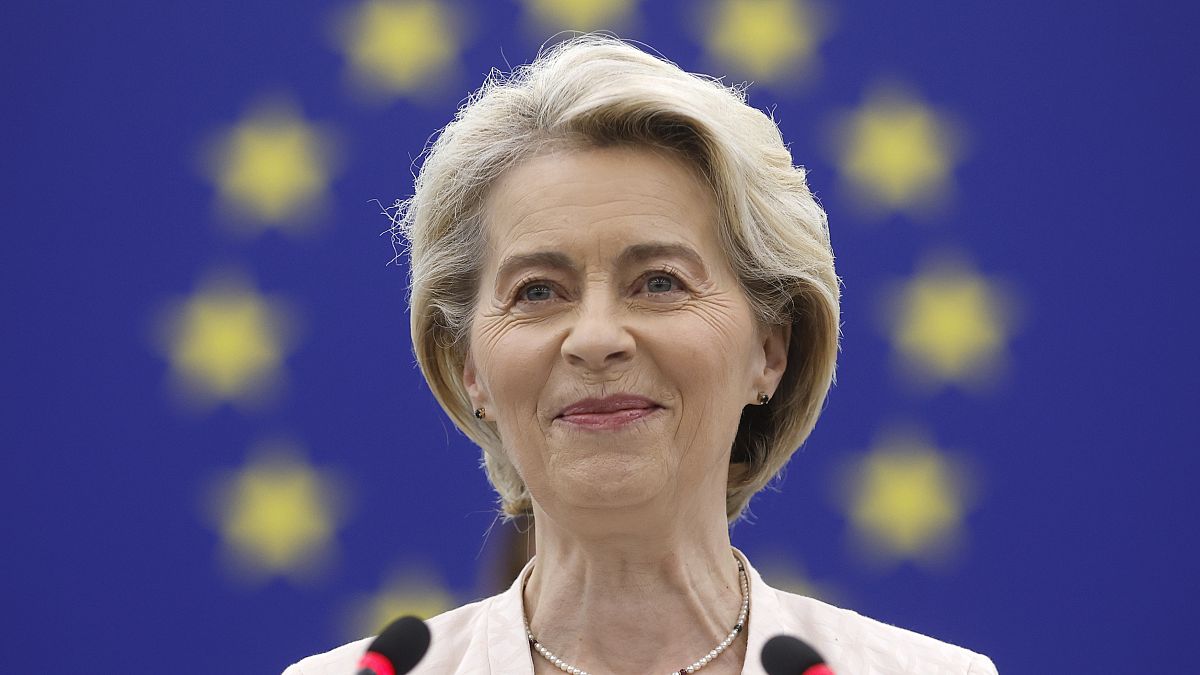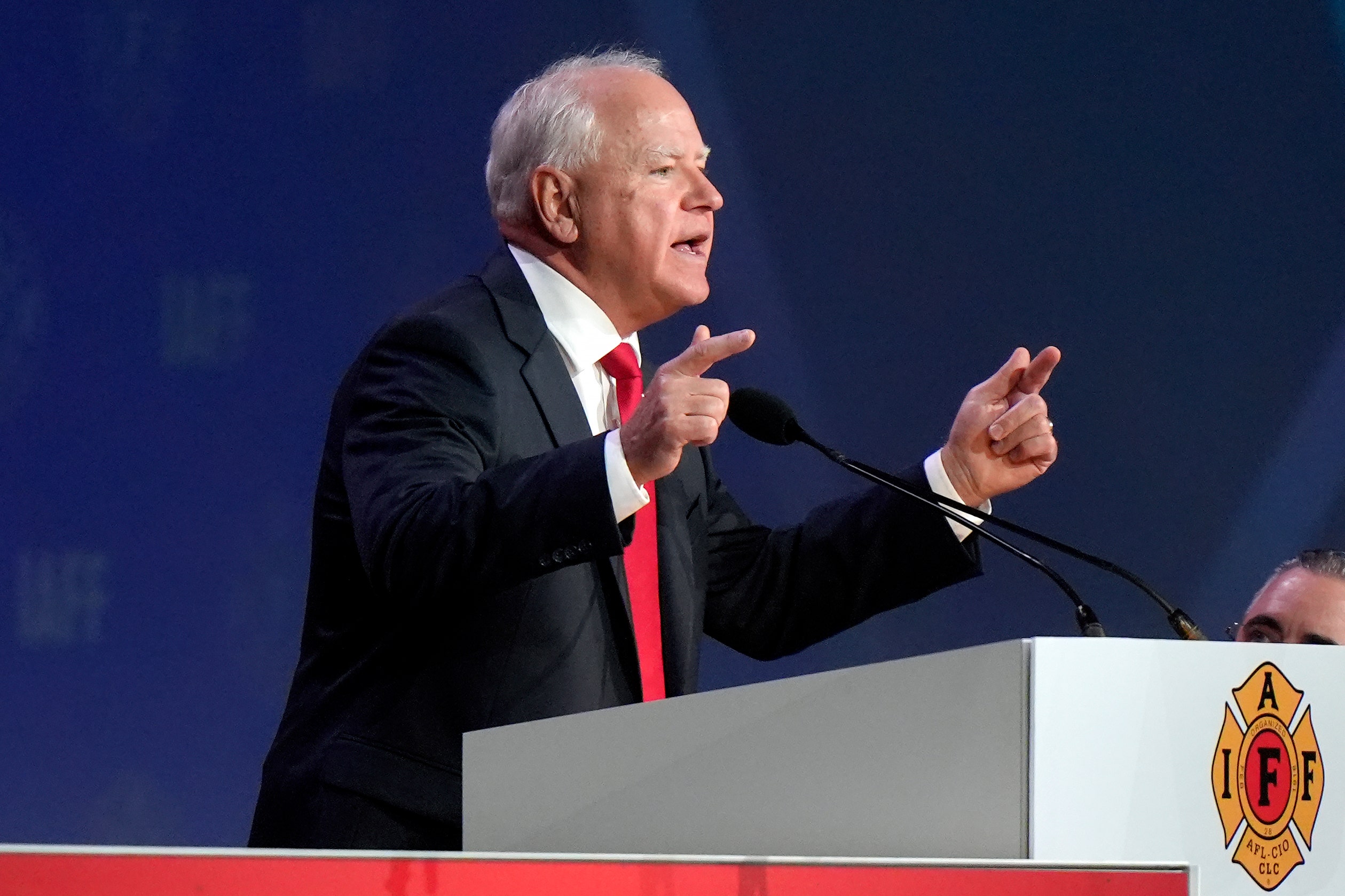Lifestyle
'Very demure, very mindful' trademark issue is 'handled,' TikTok influencer says

No more tears over a trademark snafu for Jools Lebron. In a video posted on her TikTok this week, the cashier-turned-social media star says simply, “We got it handled and I’m gonna leave it at that … Mama’s got a team now!” She hasn’t yet given specifics.
If you haven’t been following, here’s the gist. Lebron’s videos with the catchphrase “very demure, very mindful” ignited a major trend recently. Celebrities, including Jennifer Lopez and Khloe Kardashian, have made their own “demure” videos. Lebron was interviewed on CBS Mornings and by Jimmy Kimmel’s guest-host RuPaul.
While her TikTok audience skyrocketed into the millions, at least two individuals submitted applications to trademark her mindful motto with the U.S. Patent and Trademark Office (USPTO). There’s an application for “Very demure.. Very mindful” submitted under the name Jefferson Bates of Washington State and another for “Very Demure Very Cutesy” by Kassandra Pop in California. Neither applicant responded to NPR’s requests for comment.
A trademark application is not a guarantee
Jason Lott, managing attorney for customer outreach with the USPTO, says it’s important to remember these are just requests.
“When someone submits an application, it isn’t that that automatically means that they own it or that they’re the ones who have rights in it,” Lott explains. “It’s just that they have applied to register and they’re essentially saying to the USPTO, ‘Hey, this is my trademark, and I want to have protection for it around the country.’”
Saying it’s “my trademark” doesn’t necessarily make it so, and that’s where the lawyers come in.
Lott says there’s a “huge backlog” of applications waiting for review by the USPTO’s attorneys. One reason: during the pandemic, people’s side hustles became their full-time hustles and there was a surge in applications, according to Lott.
Once that review begins, there’s a 30-day “opposition period.”
“During this opposition period,” says Lott, “someone can pop up and say, ‘No, no, no, I was the original user of this. I use it to indicate the source of my particular goods and services. Everybody thinks about me.’”
In the case of “very demure,” millions of people now think about Jools Lebron. When she learned the news, she posted a since-deleted video in which she tearfully blamed herself for dropping the ball. Her fans took to social media to express their outrage and support her.

“That is so messed up,” said Chante Bennett on TikTok, “It’s global. Everyone knows that this was popularized by her. This is just insane.”
And yet, it happens a lot. Remember “hawk tuah”? There are more than 30 applications to trademark the phrase in the USPTO database, including by the woman who first said it on social media.
‘Good faith’ application or ‘trademark troll’
Deborah Gerhardt, a professor at the University of North Carolina at Chapel Hill, says anyone “who has a good faith intent to use a mark can … apply to register a trademark.” She says doing so gives the first applicants an edge “because if two people use the same trademark in the same commercial space, the person to use the mark first wins.”
Jefferson Bates’ application date is August 20, more than two weeks after Lebron started using the phrase.
“If she can show that consumers view her as the source and that he came to the scene later, she could have superior trademark rights,” notes Gerhardt.

Tiktok influencer Jools Lebron has partnered with Verizon.
Verizon
hide caption
toggle caption
Verizon
Bates seems to make a hobby of trying to register trademarks. There are multiple applications in his name in the USPTO database. “Trademark professionals have a word for this kind of person. We call them a ‘trademark troll,’ ” says Gerhardt.
Meantime, brands lined up to work with Jools Lebron. She selected her favorite movies and TV shows for a “Very demure, very mindful” category on Netflix and promoted Verizon’s phone trade-in policy. “A cracked screen” and “hot pink” phone are not her idea of “demure,” FYI.
Leslie Berland, Executive Vice President and Chief Marketing Officer for Verizon, said “the volume and the speed” at which people engaged with Lebron’s video was “unprecedented” for the company.
“One of the special things about Jools is that people are really rooting for her. You know, they want her to succeed,” marvels Berland. “They want to see her, as they say, ‘get her bag’ and get to the next level in her career.”

Lifestyle
Iowa Dog Shooting Cop Body Cam Video Released, Dad Wants Officer in Jail

TMZ.com
The Davenport Police Department released body cam video of the Iowa police officer fatally shooting a dog in front of 2 kids, saying the cop’s actions were lawful, but the pooch’s owner has a very different take.
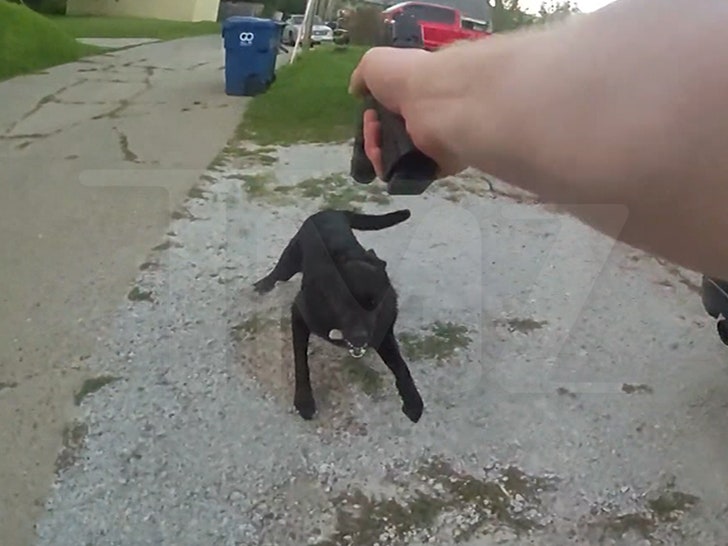
The PD released the footage Wednesday along with the shooting officer’s report, which states the salivating dog aggressively confronted him, baring its teeth and repeatedly snapping at him. The video clearly shows the canine lunging toward the frightened officer, identified by Our Quad City News as Ethan Bock.
However, the dog’s owner, Don Hesseltine, tells TMZ … Bock should be criminally charged and tossed in jail for killing his beloved Myst.
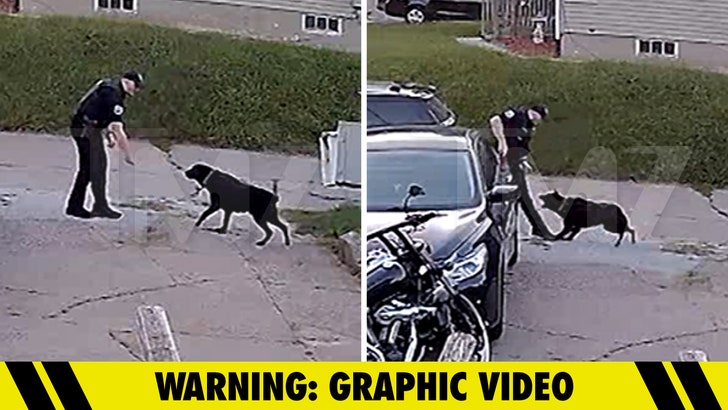
TMZ.com
Don says Myst only started barking at Bock after the cop pulled his service weapon and started shooting. He’s adamant Myst never attacked the officer despite what the bodycam video shows.
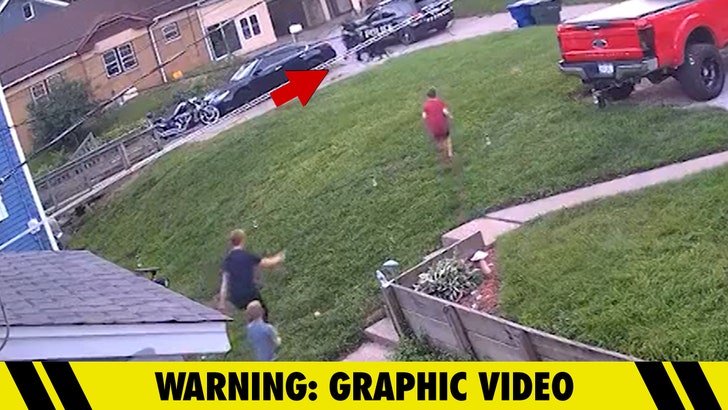
The fatal shooting was also recorded by a home surveillance camera, which captured Don’s 7-year-old son, Maverick, and the boy’s cousin, also 7, witnessing the horrifying event.
Don says Maverick will be scarred for the rest of his life as he walks around their home calling out for his dead dog.
We’re told Maverick is even having trouble sleeping … the boy has been screaming into his pillow while pretending that his stuffed animal is Myst.
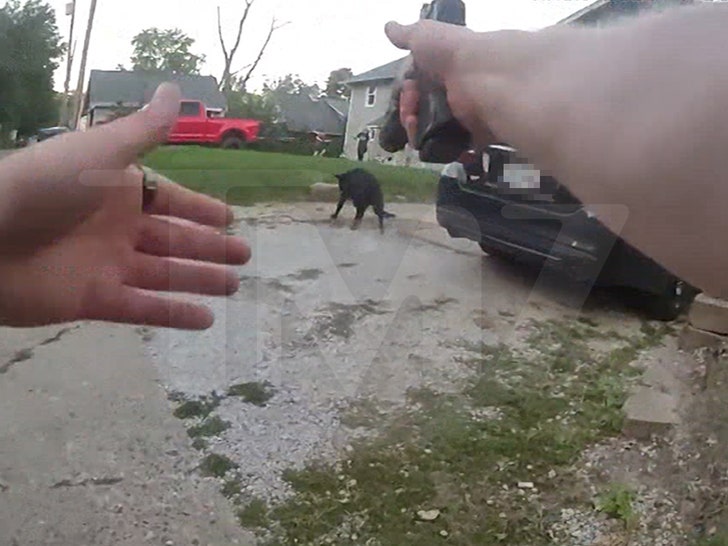
Before the tragedy, Don says his son was a happy-go-lucky kid. Now, though, Maverick is sitting around with a thousand-yard stare … and Don’s almost certain the boy will need counseling.
Meanwhile, Don says police have offered him few if any answers. But, like we said, the officer’s report and body cam footage revealed he was in fear for his safety when he opened fire with his gun. The department ultimately cleared Bock of any wrongdoing after a review of the facts.
Lifestyle
This is genius: A new graphic novel imagines conversations between Einstein and Kafka

Turns out Albert Einstein and Franz Kafka lived in Prague at the same time and had the same circle of friends. In the new graphic novel, Einstein in Kafkaland, Ken Krimstein puts us in the room with two 20th century geniuses.
Ken Krimstein/Bloomsbury Publishing
hide caption
toggle caption
Ken Krimstein/Bloomsbury Publishing
It’s April 1, 1911, and 32-year-old Albert Einstein — former bureaucrat at the Swiss Patent Office, with a half-decade old doctorate in physics from the University of Zurich — sits in a train car with his two sons and his wife, fellow physicist and mathematician Mileva Marić. They are travelling from Zurich to Prague, where Einstein has landed a job as a full professor in theoretical physics, teaching in the German section of what is now Charles University. He has a few things on his mind, including money troubles, but most critical is his unfinished theory of relativity. When they leave the city 15 months later, Einstein will have cracked the code.
What happens over the course of this long, mysterious year in Prague is the question driving Ken Krimstein’s new graphic novel Einstein in Kafkaland. Part biography, part historical fiction, Krimstein playfully explores the possibilities, building, with footnotes, on a thorough archive of letters, diaries, and other research. The result, a thought-provoking work made up of comics suffused in a gentle mix of aquamarine watercolors, is equal parts joyful and ruminative. (Think: Alice in Wonderland meets The Lives of the Poets meets Krazy Kat.) The full subtitle to the book — How Albert Fell Down the Rabbit Hole and Came Up with the Universe — signals the lavish whimsy that goes a long way towards making this such a delightful, inspiring read.

Throughout, cartoon-Einstein sports his characteristic pipe alongside a signature frizzy head of hair. But it’s his obsessive ruminations that perhaps most effectively signal what has become Einstein-the-character, a culmination of all the gossip, public appearances, private words, and first-hand accounts of one of the best-known scientists to have ever lived. Krimstein pairs Einstein’s story with that of Franz Kafka, who was 28, virtually unpublished, and living with his parents in a house in Prague when Einstein arrived for his short but impactful stay. What binds the two together, in addition to an alleged one-time meeting at a weekly salon, is a complementary preoccupation with getting at the truth — “the true truth” — against all odds, and against many other people’s better judgements. For both, a journey to find this truth, whether in science or literature, is one that will sometimes alienate as painfully as it may ultimately bind them to others.
During Einstein’s time in Prague, a time in which he works out his theory of relativity, Kafka will have his own breakthrough. In one long feverish night he will pen the short story, most often known in English as “The Judgment,” which will launch an unparalleled writing career forever transforming art and literature. Like Einstein’s completed theory of relativity, Kafka, too, will offer the world a new way of thinking. It’s a way of thinking that, our narrator assures us, “we’re all still struggling to catch up to.”

Einstein in Kafkaland: How Albert Fell Down the Rabbit Hole and Came Up With the Universe by Ken Krimstein
Ken Krimstein/Bloomsbury Publishing
hide caption
toggle caption
Ken Krimstein/Bloomsbury Publishing
Despite his title, Krimstein centers his book unevenly, focusing mainly on Einstein, and taking us step by step through the meditations that lead to his discovery. Nonetheless, along the way he also provides readers with glimpses into the life of the perpetually melancholic insomniac insurance clerk, Kafka. We witness, for example, an early morning swimming routine with his best bud — and future literary executor — Max Brod. But what Kafka’s presence in the narrative most crucially enables are imagined conversations between him and Einstein. In these, the two puzzle, and sometimes commiserate, over what it means to see the world differently from everyone else. What happens when you believe so confidently in your own hard-won perceptions that you risk killing the heroes that brought you there?
Krimstein, a well-published cartoonist whose previous work includes another delightful graphic biography, The Three Escapes of Hannah Arendt, luxuriates in intellectual history shoulder to shoulder with juicy biographical details. He depicts Einstein debating with his foe, Max Abraham; taking fantastical trips into a four-dimensional world with Euclid; and walking and talking with Austrian physicist, and dear friend, Paul Ehrenfest. And he exposes, too, scenes of the future Nobel Prize winner in the bath, trying to kill off bedbugs; or engaging with his young children, and wife, in Gedankenexperiments (thought experiments), to help him think through the problems that continually occupy him.
At its heart, Einstein in Kafkaland is the story of ordinary genius. It unwraps the ways in which genius so often arises out of ordinary circumstances. Perhaps even more compellingly, the book tracks how unimaginable discoveries develop following exchanges with others — friends and family, colleagues and nemeses, neighbors and role models. Aberrations aside, works of genius most wholly emerge in dialogue.
Tahneer Oksman is a writer, teacher, and scholar specializing in memoir as well as graphic novels and comics. She lives in Brooklyn, N.Y.
Lifestyle
'It feels so much like home': 6 L.A. parties that'll take you to another part of the world

As the Latin trap anthem “Singamo” rings over the speakers at the Echo in Echo Park, more than 50 people sing along and twerk on stage. Dina Ben-Nissan and Courtney Hollinquest take turns spinning tracks by artists from around the globe while images of flags from countries such as Puerto Rico, Brazil and Mexico rotate on a projection screen behind them. Off on the side of the stage, La Goony Chonga, a Cuban American rapper and singer from Miami, snaps selfies with fans.
This is what it’s like to attend ¡BAILE!, a world music dance party that’s been taking place in L.A. since 2022. Named after the Spanish slang word for dancing, the party focuses heavily on sounds from Latin and South America, but also delves into music from other parts of the world such as soca and Gqom, which has roots in South Africa.
People attend Baile World.
(Jett Lara / For The Times)

Dina Ben-Nissan, left, jams out at Baile World.
(Jett Lara / For The Times)
“Being Black and Latina, I’ve never been in a space where I can play all things at once,” says co-founder Hollinquest (a.k.a DJ CQUESTT), who is of Puerto Rican, Mexican and Black descent. “It’s either Latin music or hip-hop, so the idea for [“¡BAILE!”] was to create a space where I can play everything that kind of represents me and all of these club sounds that I’ve been hearing throughout my travels.”
The party is one of several in L.A. that transports attendees to other countries — sans a passport. On any given night, Angelenos can hear sounds spanning from as far as Southeast Asia to Mexico. Adding to the experience are the cultural details — the food, the decor, the attire. For example, you can enjoy sambusa and other traditional Ethiopian bites at “Motherland Sounds.” At an Afro Caribbean party known as “Carnival Tabanca,” some attendees wear modern and traditional Carnival costumes.
Such events have been rising in popularity in recent years as once-niche genres like West Africa’s Afrobeats have become more mainstream.
“It used to be like if you know, you know,” says Kwabena Anfo, a Ghana-born DJ and producer who goes by Blaq Pages and throws a traveling party called “Afrobeats to the World.” “But now with social media, you can find the right community that you want to be in and find the music that you want to enjoy.”
Part of what makes music so powerful is its ability to introduce people to cultures different from their own, and to make people who are far away from their birthplace feel a slice of home. Here are six L.A.-based rhythmic dance parties that do just that.

Scenes from First Fridays, jam-packed with music and miches.
(Julian Mercado)
-
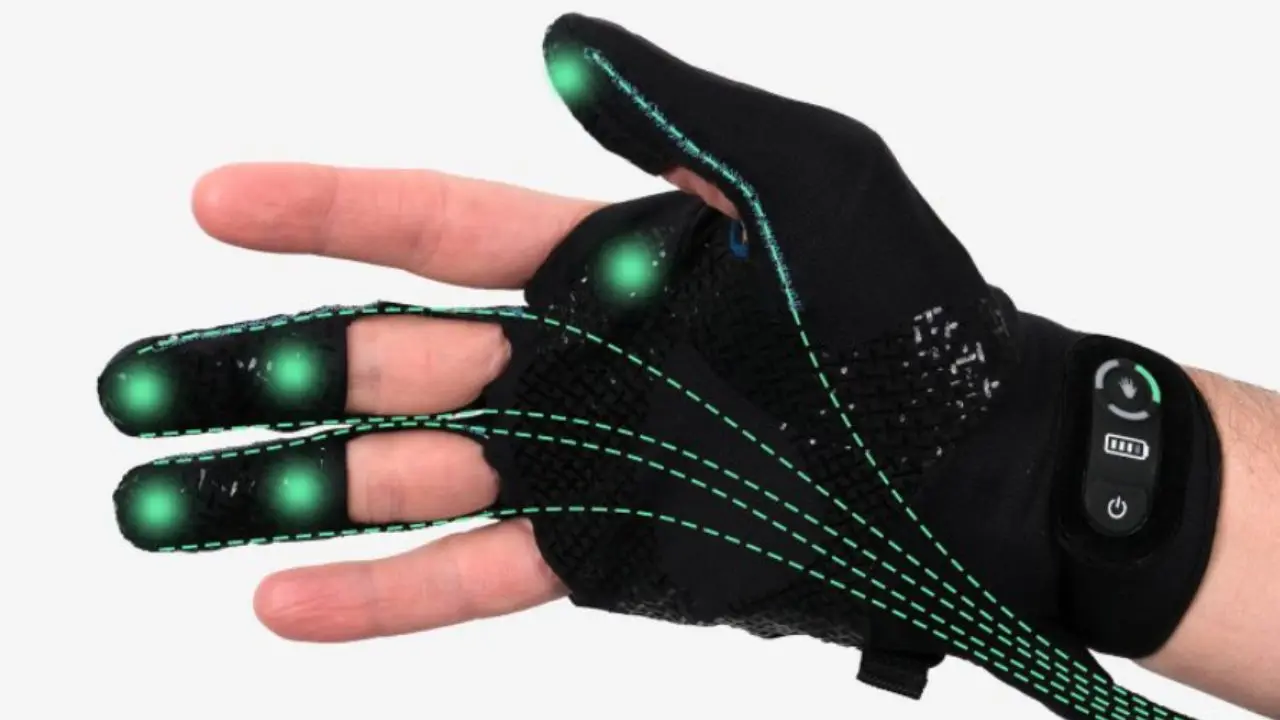
 Technology7 days ago
Technology7 days agoBreakthrough robo-glove gives you superhuman grip
-

 Connecticut5 days ago
Connecticut5 days agoOxford church provides sanctuary during Sunday's damaging storm
-

 News1 week ago
News1 week agoVideo: Biden Delivers Keynote on First Night of D.N.C.
-

 News1 week ago
News1 week agoVideo: Protesters Clash With Police Near the Democratic National Convention
-
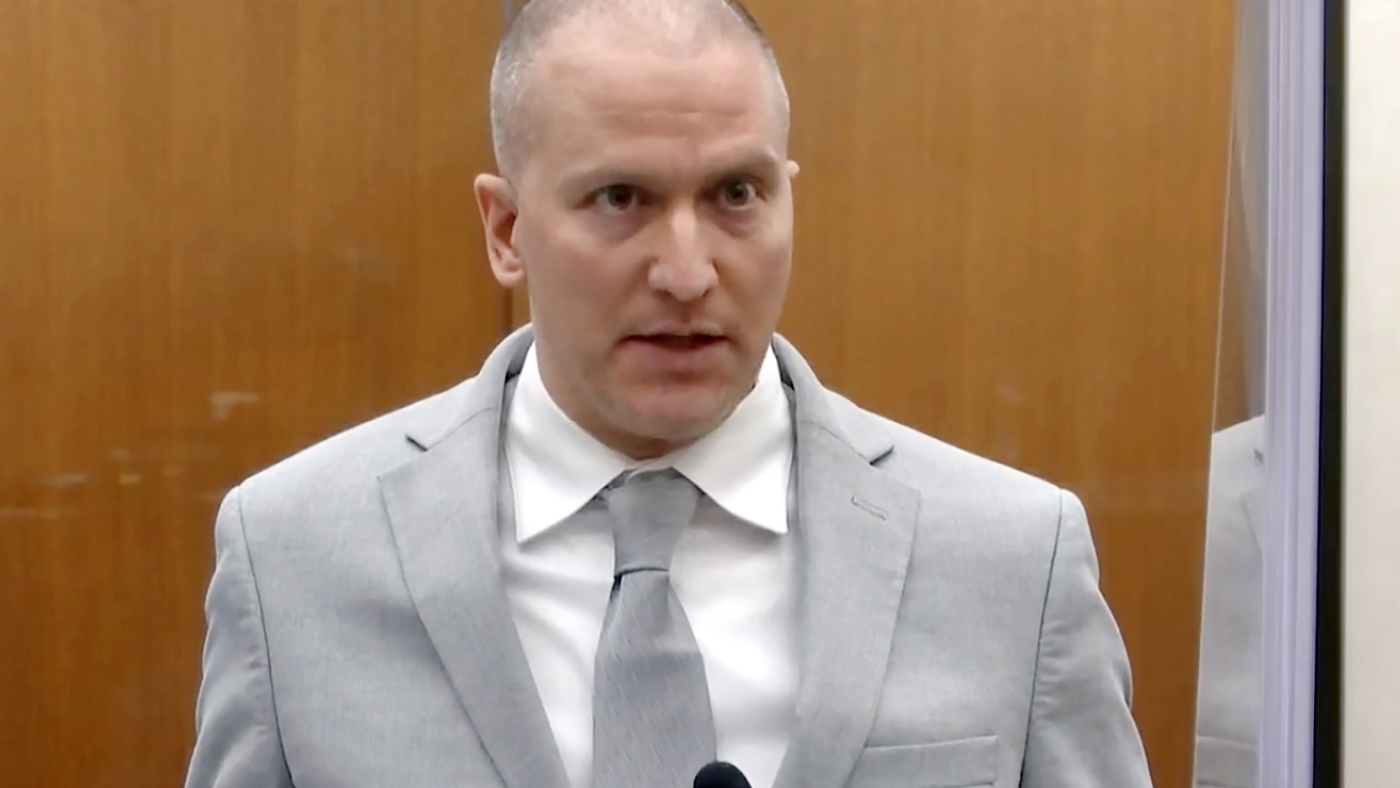
 News1 week ago
News1 week agoEx-officer convicted in George Floyd's killing is moved to new prison
-

 News1 week ago
News1 week agoVideo: D.N.C. Holds Enthusiastic Roll Call to Nominate Harris
-
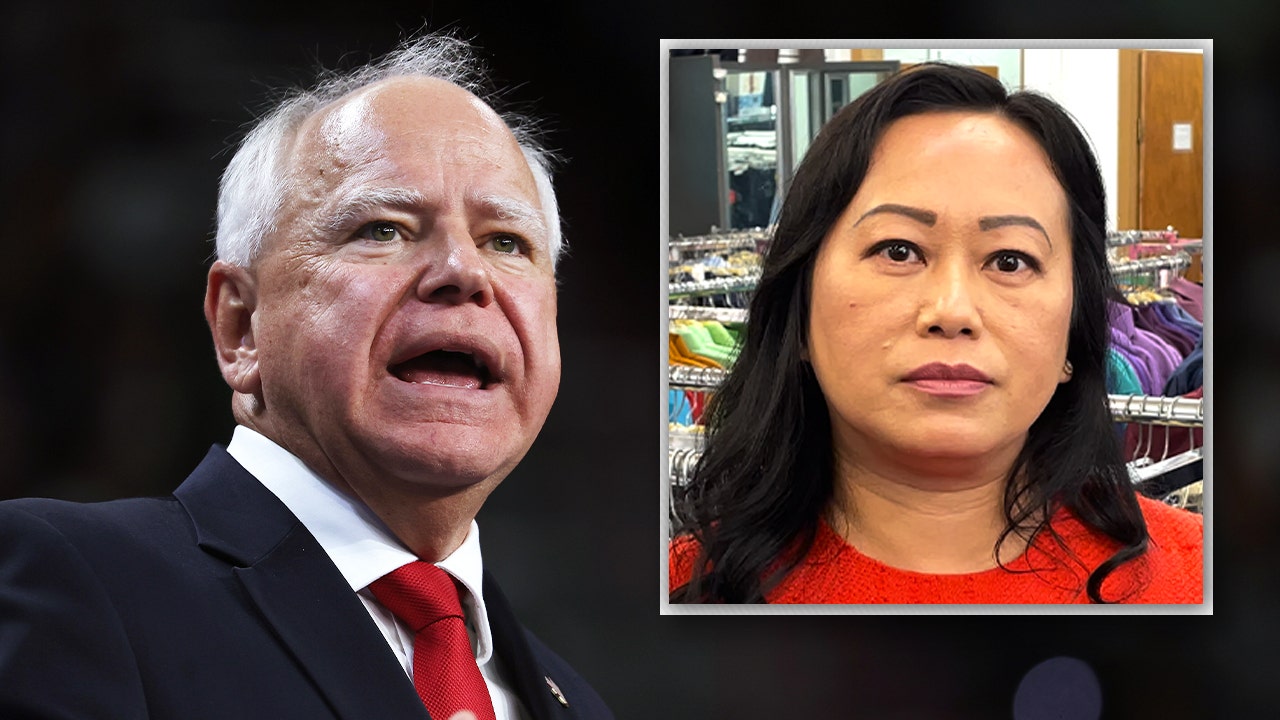
 Politics1 week ago
Politics1 week agoFormer teacher reveals which students suffered 'the most' under Walz's pandemic-era guidelines
-

 World1 week ago
World1 week agoPanama deports 29 Colombian migrants from Darien Gap under US deal




